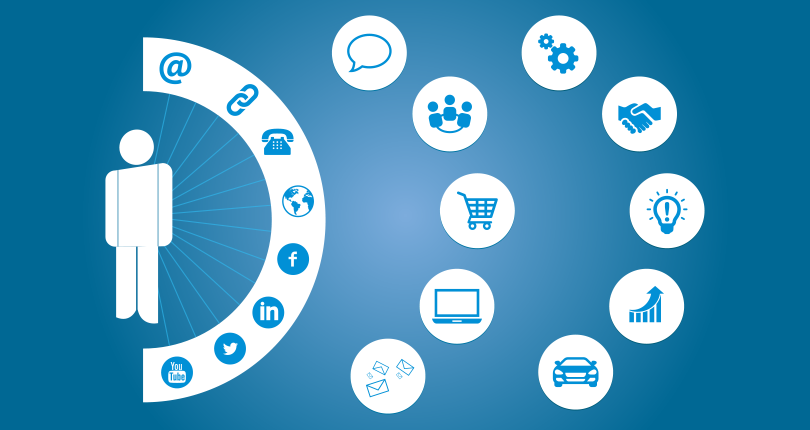Poaching continues to be a significant problem throughout the world, specifically in Africa. Every year thousands of different animals are illegally hunted, many of which are endangered and on the brink of extinction. In an effort to fight this problem, scientists have gone to great lengths to better understand these creatures. They study them intensively in the hopes of better understanding their behavior and predicting their actions. With all this information, scientists can better understand where these animals travel, when they’ll be the most vulnerable, and take appropriate action to keep them safe.
So, what does this have to do with business? Well, your customers are always at the mercy of poachers. In this case, poachers are your competitors, and they’re always looking for a chance to steal them away from you. In order to stop that from happening, your company must be vigilant and use the mounds of data available to understand your customers. Only then can you keep them safe, or in this case, loyal to your brand and away from the competition.
The process of in-depth customer analysis is often referred to as a 360-degree customer view. The name speaks for itself, referring to the importance of learning everything you can about customers, such as their purchasing patterns or social media presence. Fortunately, in the era of big data, this has become much easier. Analysts have access to many more sources of information, like social media, mobile data, and sensor data via connected devices making up the Internet of Things, all of which provide clearer insights into customer behavior. Not to mention, improvements in computing technology mean we can analyze larger data sets in real-time, and the rise of big data in cloud solutions has made big data analytics accessible to non-data scientists.
With the help of big data, analysts can use data sources like social media, mobile data, clickstream data, or purchase history to gain a 360-degree view of their customers. This will help answer important questions, such as:
- What customers are saying about your company
- How customers interact with you
- How well do you serve customers
- How to improve every interaction
Data Applications
Microsegmentation for Refined Targeting
Armed with this type of information, businesses will not only understand how customers make decisions but allow marketers to divide markets into smaller groups. This process is called micro-segmentation, which is a more granular form of segmentation that usually separates potential customers according to demographics or psychographics. More refined segmentation allows marketers to create more targeted and effective ads and messaging.
Sentiment Analysis to Enhance the Customer Experience
A solid, informed 360-degree customer view relies on understanding customer sentiment. Using the right sentiment analysis tools will allow you to feel the pulse of your audience and add substantial business value. Improving the customer experience is one of the most important tasks a business should have. It’s key to helping build brand loyalty and ensuring long-term commitment, so customers return over and over again. By using sentiment analysis, companies can determine the tone of things like Facebook posts or tweets, and categorize them as either positive, neutral, or negative. Then, businesses can gain a bird’s eye view of how people respond to certain products or offers, and gain an idea of what’s working and what needs improvement.
Real-Time Marketing
Data never sleeps, and the compounding amounts of daily information leave analysts with the daunting task of wading through the pools of data to find what matters. In the past, processing and analyzing large data sets was a slow process, and by the time useful discoveries were found, they were often stale or outdated. Fortunately, improvements in data analytics have granted marketers access to real-time analytics. This holds a number of benefits, like beating the competition in time to market or making corrections and adjustments to marketing campaigns on the fly.
Conclusion
Big data is a powerful tool for better understanding and catering to customers. With access to larger and more varied data sets, analysts can provide new insights to boost marketing ROI and stay competitive in a rapidly evolving market.




